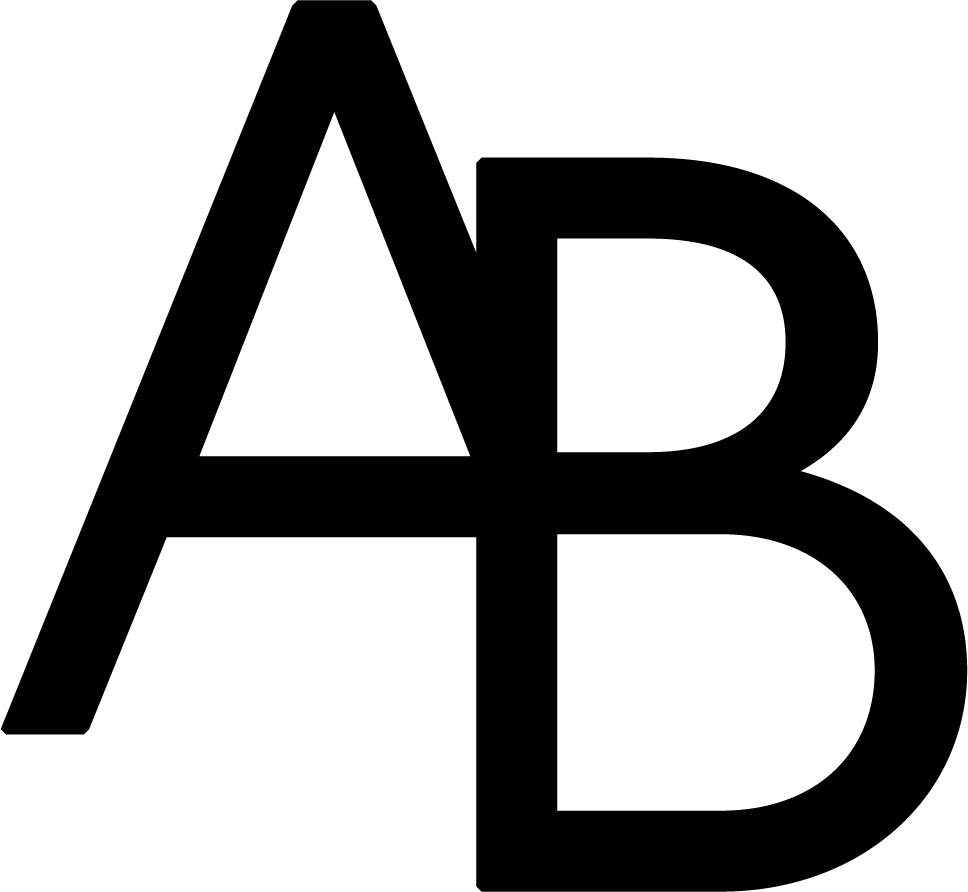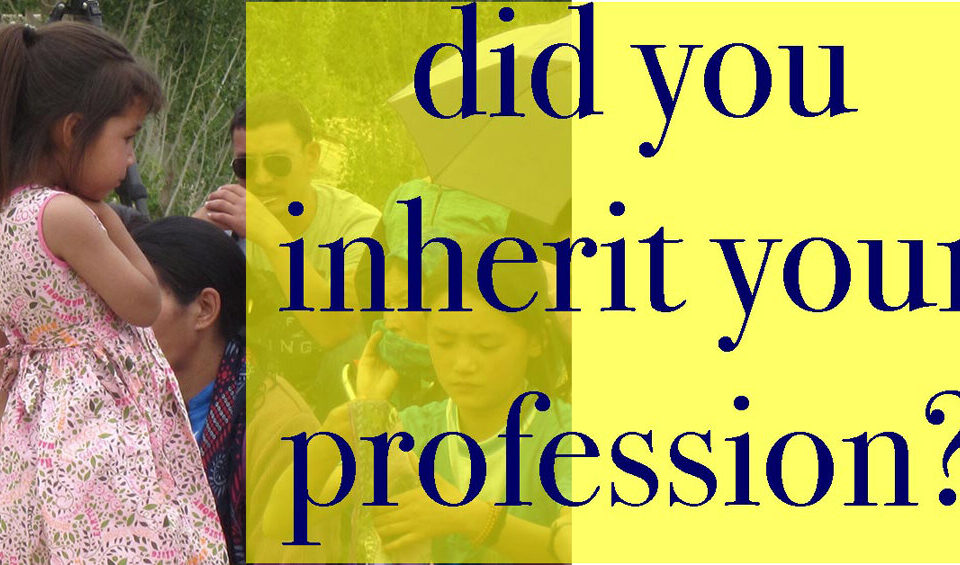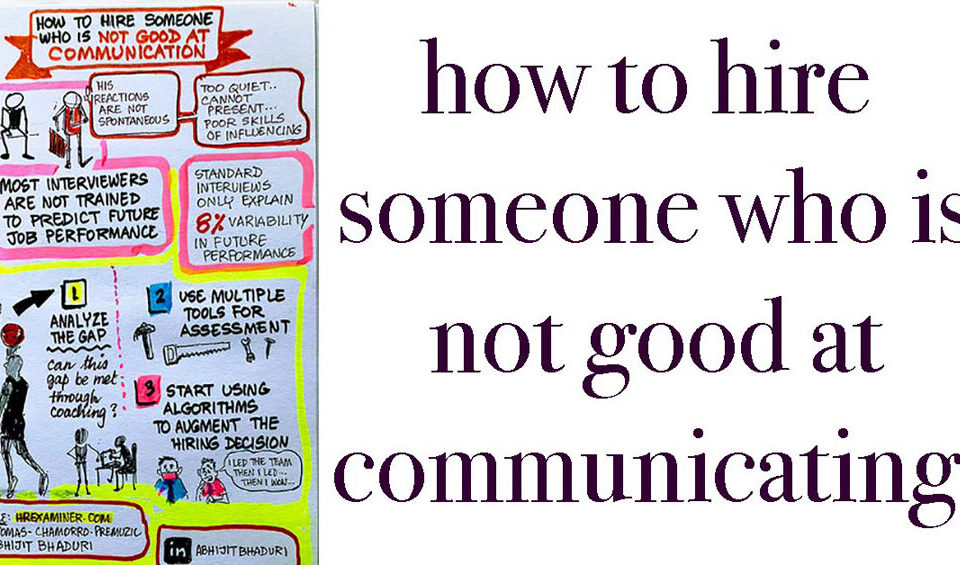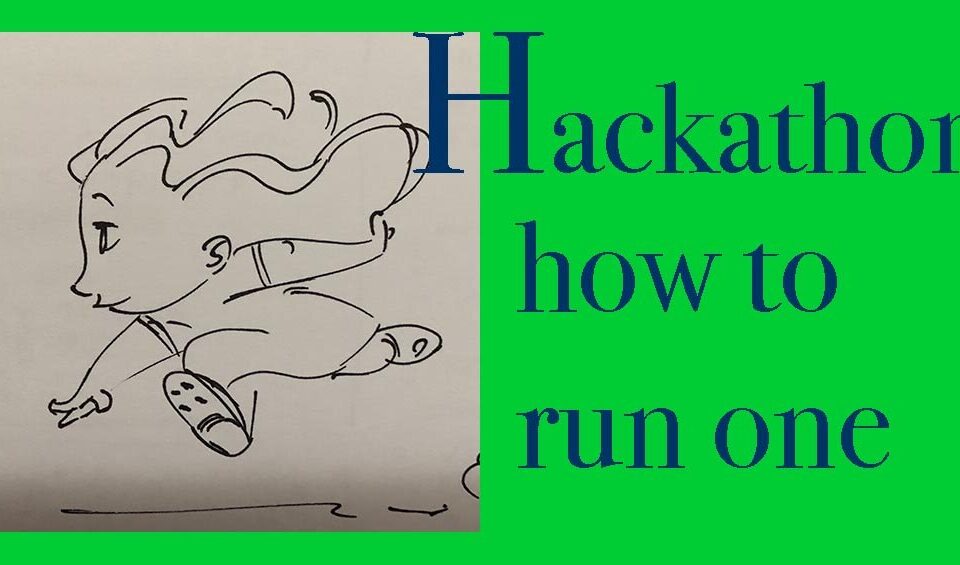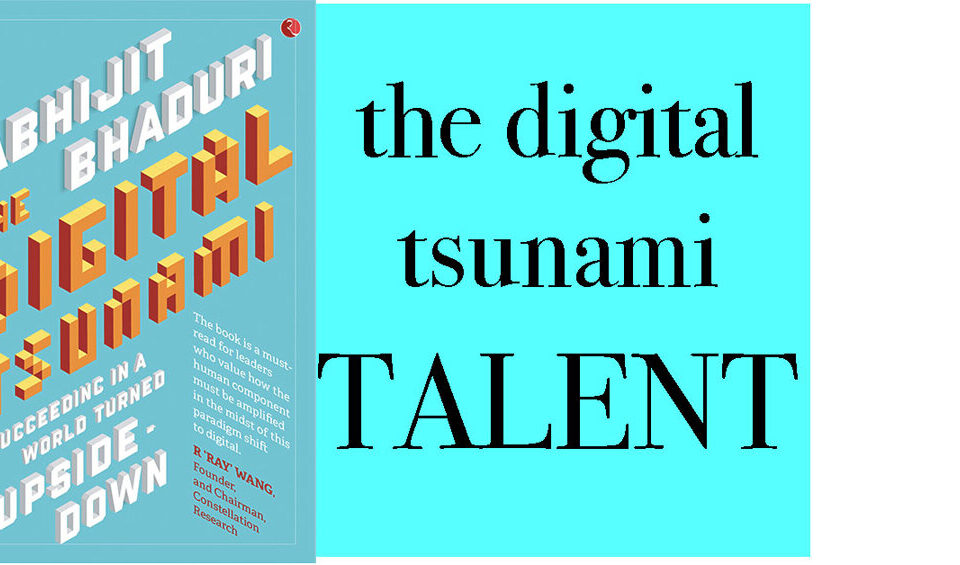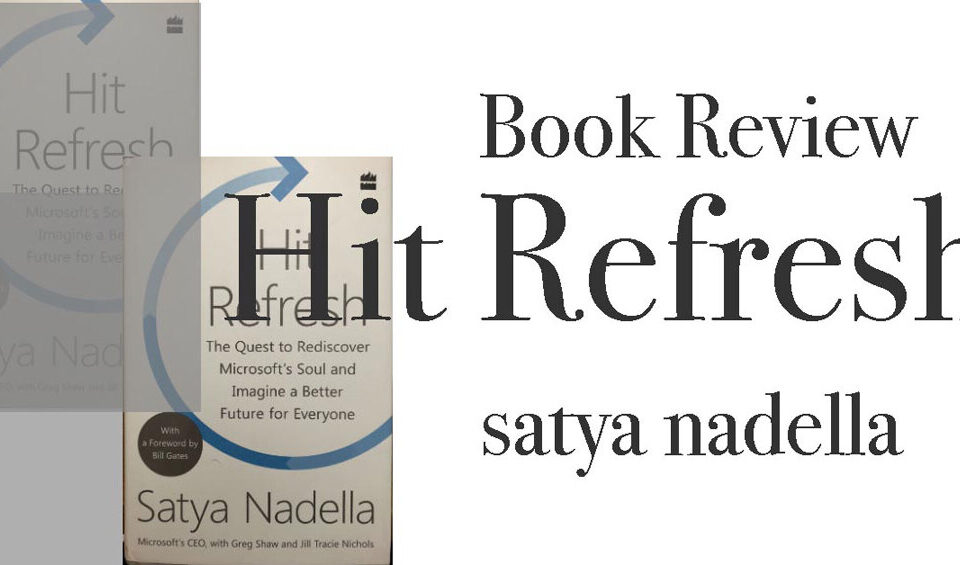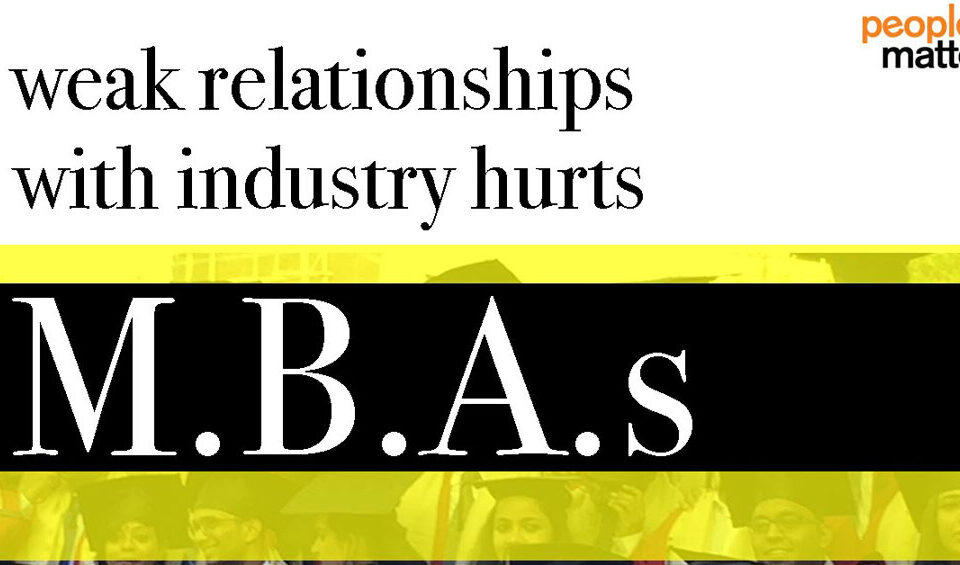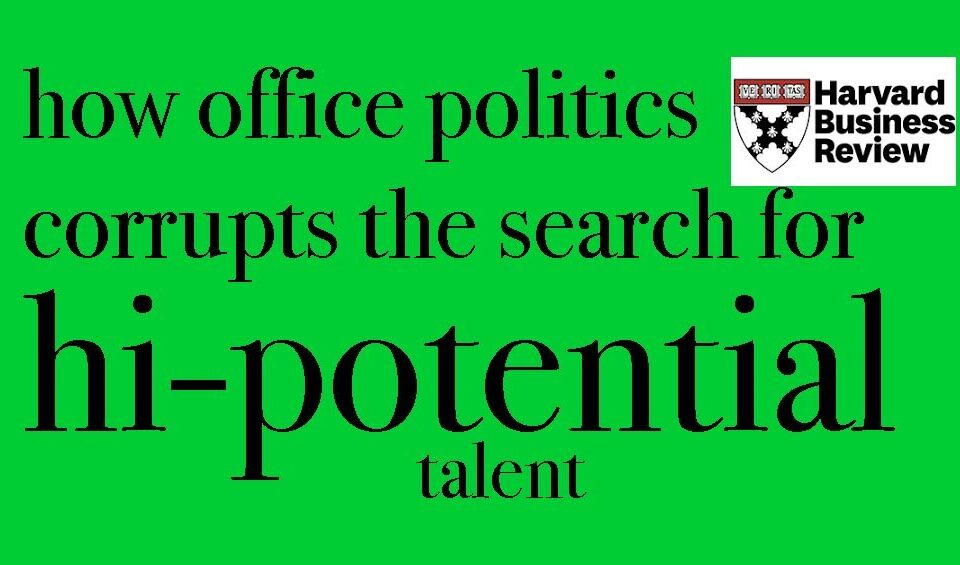The New York Times ran a study on the jobs we are most likely to inherit from the mother or father. In their study they found that males are 2.7 times likely to share dad’s profession. Males are two times likely to share their mother’s profession. Daughters are 1.8 times likely to follow dad and 1.7 times likely to follow their mother. Parents certainly shape our view of work. It is no surprise that the children of parents who were unemployed are more likely to be unsure of the profession they would choose.
The media consuming habits of millennials is heavily tilted in favor of visual communication - but not every form of visuals matter. #Millennials get bored watching a 30 second commercial but can spend hours on YouTube video tutorials for make up. They spend hours on Instagram. Learning to communicate on Instagram (it has a different grammar, trust me) will be useful.
Although most of us spend more time communicating online than offline, recruitment methods are still heavily skewed towards analogue or physical communication skills, particularly the job interview. Indeed, interviews favor those who can communicate their ideas fluently and come across as likable. How can we discover talented people who are not good at communicating but are otherwise terrific at delivering top-notch performance?
Hackathon are not about tweaks. They are all about exponential thinking. This is about taking a moonshot within 36 hours or so. The teams get down to building prototypes and speed-coding. It is best if they can create a working prototype in 36 hours. That too about a goal that is crazily tempting simply because of the impact that it could have. And then again... it might fail. So what. Hackathons are not for the faint-hearted. It is race to complete an impossible task.
When the entire talent pool consists of a few thousand people in the world, the demand and supply equation does get skewed in favor of the experts. In case of Artificial Intelligence, the talent pool is limited to less than 10,000 people across the world. These people are being tapped by everyone from Google, Facebook, Amazon, Apple, Microsoft as well as every other industry. The MD of Daimler Benz recently said their competitors are no longer other car companies like Tesla, but Google, Apple, Amazon etc. The same holds true for talent. If Artificial Intelligence is on its way to becoming like electricity, there are not enough electrical engineers being churned out.
Hit Refresh (publisher: Harper Collins) is a book that is the blueprint Nadella has in mind as he tries to change the culture of Microsoft from know-it-all to learn-it-all. The new culture at Microsoft is all about listening, learning more and talking less. The book is a terrific study in changing culture. Nadella’s decision to launch Windows 10 in Kenya instead of Sydney was an effort to build a culture of inclusion. Both countries have educated and tech savvy customers as well as skill gaps. Building a culture that obsesses about the customer is not easy.
Few topics have captivated talent management discussions more intensely than potential. But how good are we at evaluating human potential? The answer is, it’s mixed. In the real world of work, organizational practices lag behind, with 40% of designated “HiPos” — high-potential employees — not doing well in the future and at least one in two leaders disappointing, derailing, or failing to drive high levels of engagement and team performance. Despite the tools being available, political processes derail how talent is identified in organizations.
